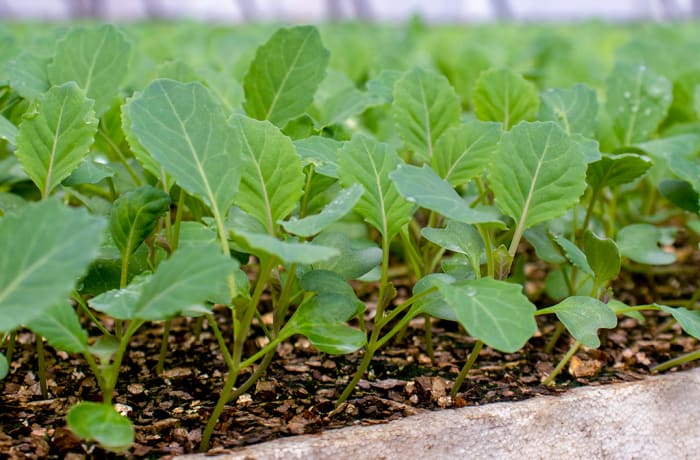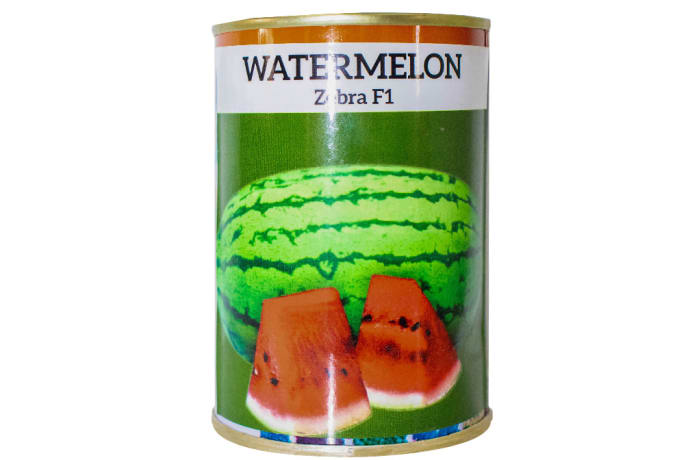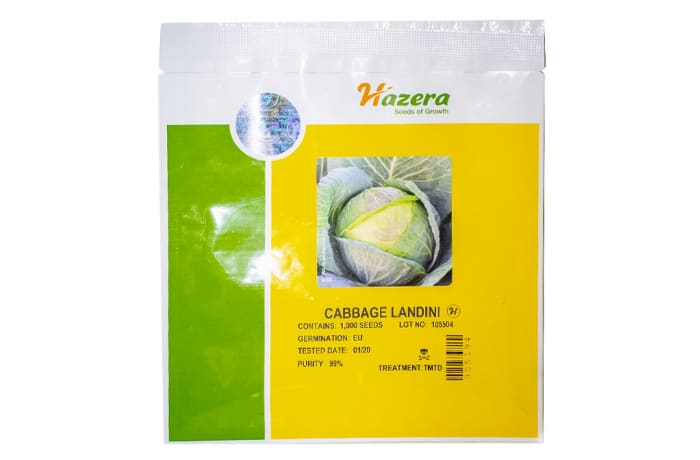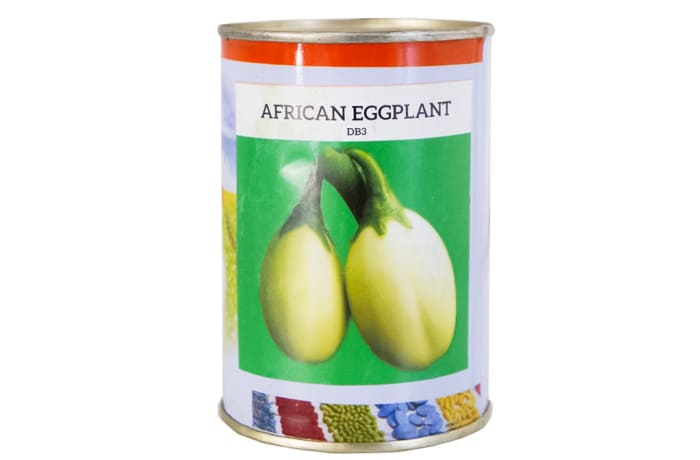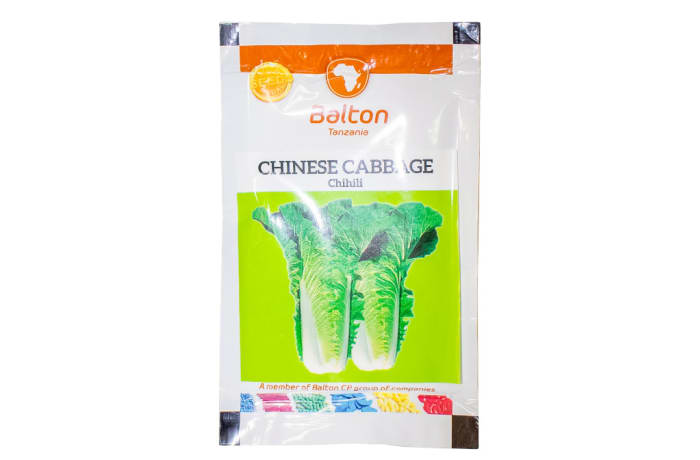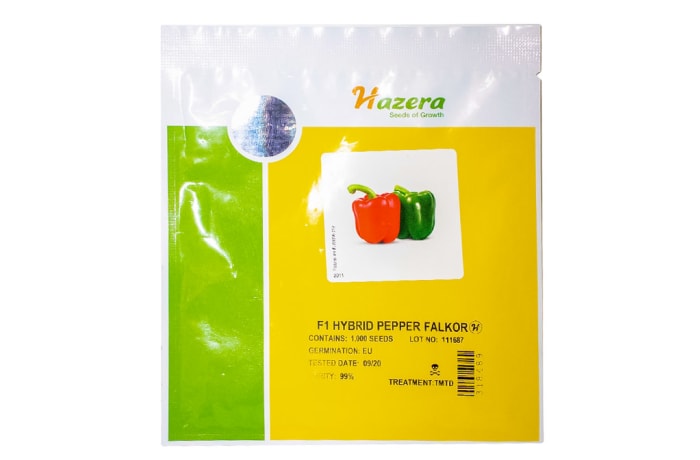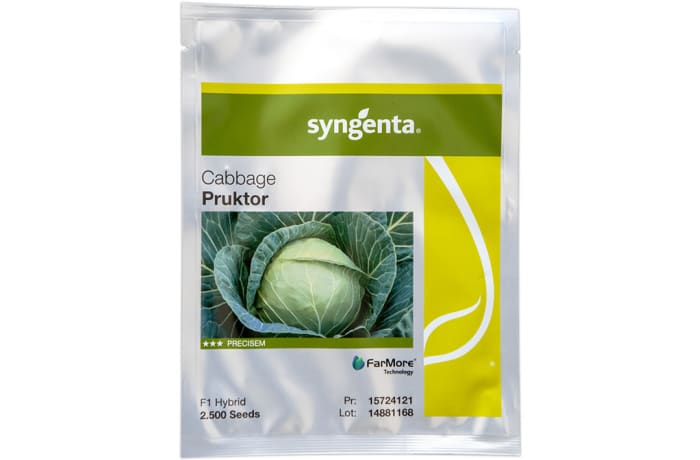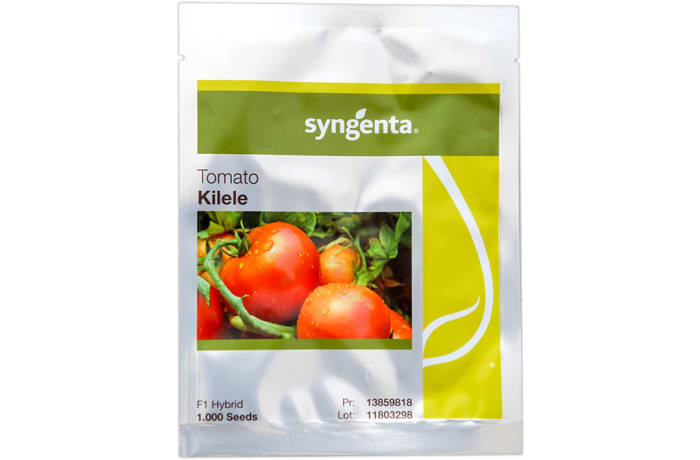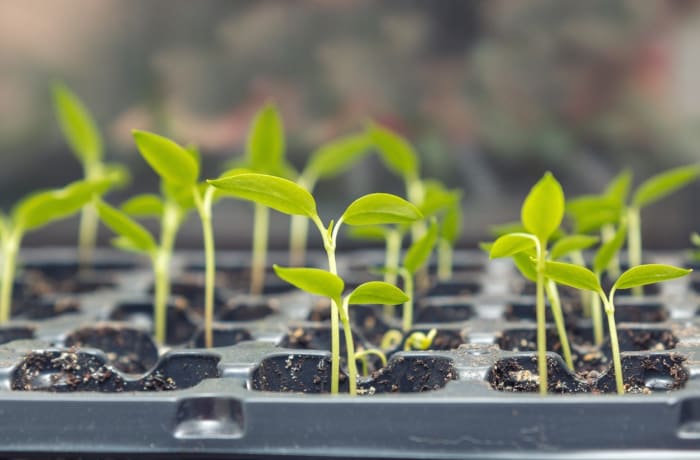
Crimson Sweet Watermelon Seeds
Further information
TO GROW TASTY WATERMELON:
- Temperature:
Watermelon demands warm temperatures—both soil and air. Transplant or plant seed watermelon only when the average soil and daytime air temperatures are at least 21°C. Do not grow watermelon unprotected where nighttime air temperatures fall below 16°C. If the air temperature dips, protect watermelons with floating row covers.
- Soil:
Grow watermelon in rich, well-drained soil. Planting watermelon on hills or mounds ensures that roots stay warm and that the soil is well-drained. Amend the planting area with compost and well-rotted manure. Where you plan to sow seed or set transplants, dig a hole 30 cm deep and 30 cm wide; fill the hole with rich aged compost and manure mixed with several handfuls of sand—the growing spot will be both moistures retentive and well-draining. Add a handful each of rock phosphate (rich in phosphorus), earthworm castings (all-round nutrient-rich), and Epsom salts (rich in magnesium). Use the soil removed from the hole to build a mound on top and rake it flat. Sow seed or set a transplant there. Watermelon roots commonly grow 20 to 25 or more cm deep; the hole and mound become a reservoir of moisture and nutrients.
- Care
Space watermelons 1.8-3.6 m apart; don’t let plants compete for soil moisture or nutrients. (Keep weeds down until vines spread and shade the soil.) If watermelons are stressed for water or nutrients when they start to set fruit, they will be small and less flavorful. Feed watermelons with a dilute solution of fish emulsion fertilizer—1 tablespoon per 4 litres of water—weekly from the time the plant is a seedling until the first female flower appears. (Mark the calendar on the day the female flowers fully open—the fruit will be ready for harvest 35 days later.)
- Water
Give watermelons even moisture from planting through fruit set. During the first 3 to 4 weeks of growth, a watermelon develops its root system. The root system supplies the growing plant with both moisture and nutrients. An extensive and strong root system allows the watermelon to take up nearly 95 per cent of its weight in water and develop its large cells which are easily seen with the naked eye—these large, water-filled cells give watermelon its crunchy, crisp, yet tender consistency. Never allow a developing watermelon to dry out completely or it may split. Water whenever the top 8-10 cm of soil become dry; simply stick your finger into the soil to test the soil moisture. Apply a heavy mulch to keep the soil moist after the sun begins to warm the garden in summer.
When to water.
- Do not overwater a watermelon once it has begun to set fruit or its developing natural sugars will be diluted. The leaves of a watermelon commonly wilt in the hot afternoon sun. Water immediately if the watermelon’s leaves wilt before noon or if they appeared stressed by heat or drought. Never allow the vine itself to become dry. A soaker hose or drip irrigation is the best way to deliver water to watermelon roots; overhead watering may encourage the development of fungal diseases which commonly attack leaves.
- Stop watering a watermelon about 2 weeks before the fruits are ready to harvest. Holding back water at this point will concentrate the plant’s sugars and the fruits will become sweeter tasting. More tips:
Harvest.
- A watermelon is ready for harvest when the curly tendrils on the stem nearest the fruit dry up and turn brown and the spot on bottom of the fruit turns from white or green to yellow or creamy yellow and the top of the fruit turns a dull colour. Mark Twain observed that a green melon says “pink” or “pank” when thumped with the knuckles. A ripe watermelon says “punk.” “Punk” is best described as a solid dull sound. More tips: How to Harvest and Store Watermelon.
